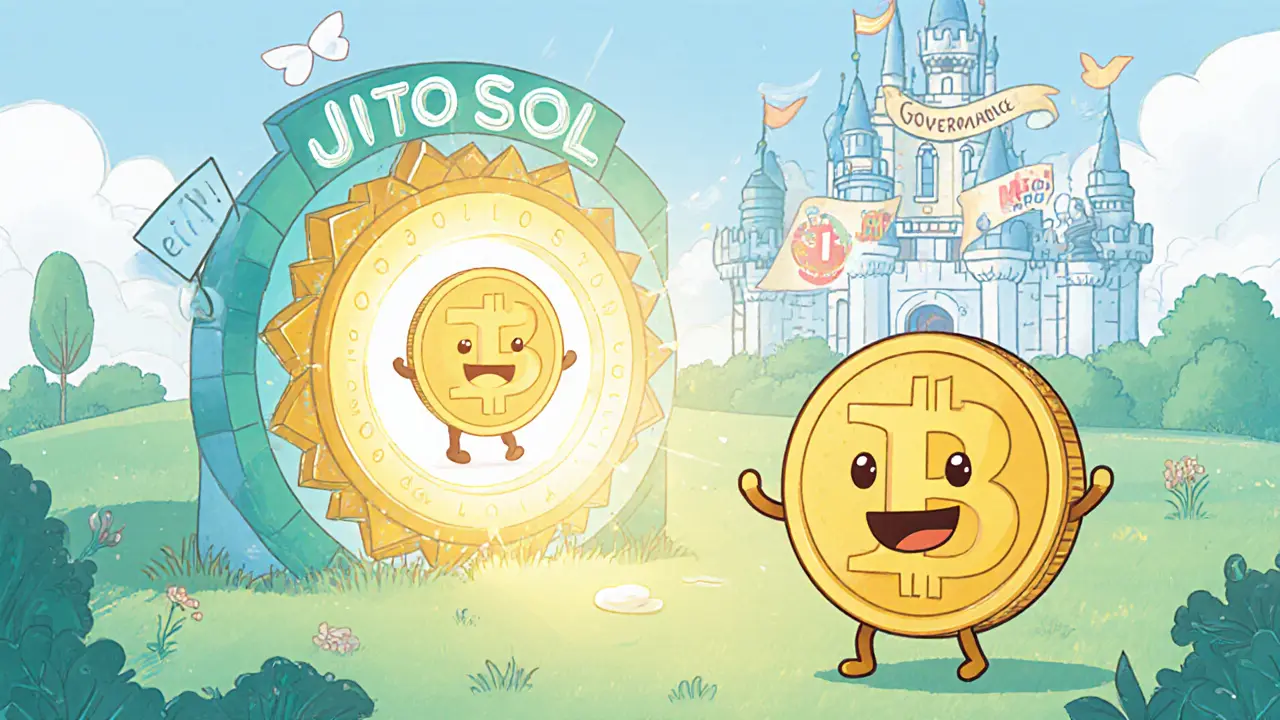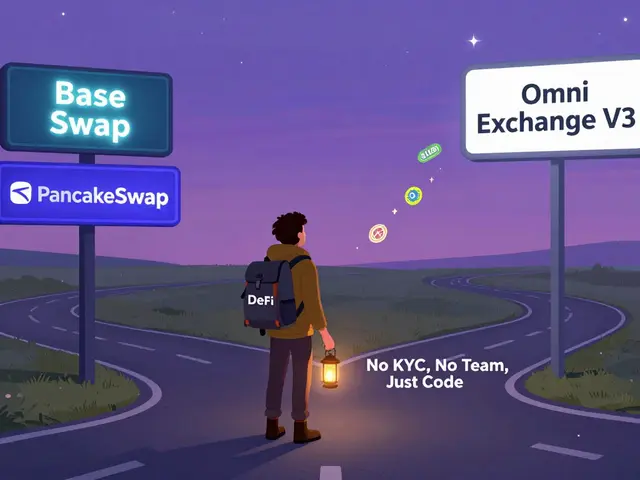Jito token – everything you need to know
When you hear Jito token, a Solana‑based MEV token that aims to boost validator profits. Also called JITO, it sits at the intersection of blockchain performance, validator incentives, and community incentives. Solana blockchain, a high‑throughput layer‑1 platform designed for low‑cost, fast transactions provides the technical foundation, while MEV, Miner Extractable Value, describes the extra profit validators can capture by ordering transactions. The token’s recent airdrop, a distribution method that gives free tokens to early supporters sparked a wave of interest across the ecosystem.
Why MEV matters for validators and token holders
MEV isn’t just a buzzword; it directly shapes how validators earn on Solana. By using Jito’s proprietary ordering algorithms, validators can extract additional value from each block, which translates into higher staking rewards. This creates a feedback loop: stronger validator earnings attract more delegators, which in turn raises the token’s liquidity and market depth. Tokenomics play a crucial role here – Jito allocates a portion of extracted MEV to a community pool, which funds future airdrops, development grants, and ecosystem growth. Understanding this flow helps you see why the token’s price can react sharply to network upgrades or shifts in validator participation.
The recent airdrop mechanics also matter for anyone looking to get in early. A typical airdrop checklist includes wallet eligibility, on‑chain activity thresholds, and KYC compliance where required. Safety tips from our own guides remind you to verify the official claim site, avoid phishing links, and double‑check contract addresses on Solscan. By following these steps, you can claim your Jito tokens without risking your existing holdings. The airdrop also illustrates a broader trend: many new projects use token giveaways to bootstrap community size before launching full‑scale DeFi products.
Jito’s integration with DeFi platforms opens up another layer of opportunity. Because the token lives on Solana, it can be paired with stablecoins, liquidity pools, and yield farms that benefit from the chain’s sub‑second finality. On‑chain data tools let you monitor real‑time MEV capture rates, validator performance, and pool inflows. This data is essential for informed staking decisions – you can compare validator fee structures, assess historical reward consistency, and spot any anomalies that might indicate centralization risks.
Regulatory landscapes also shape how Jito and similar tokens evolve. Countries with crypto‑friendly policies, like Singapore or El Salvador, often see faster adoption of novel token models, whereas regions with strict AML rules may impose extra reporting for large airdrop recipients. Keeping an eye on tax guidance – for example, the distinction between capital gains and ordinary income in different jurisdictions – can prevent costly penalties down the line. Our tax‑focused articles break down these nuances, so you can plan your Jito holdings with confidence.
Beyond the technical and legal angles, community sentiment drives much of Jito’s momentum. Social media chatter, Discord announcements, and developer updates all influence token perception. When a major validator announces integration with Jito’s MEV suite, you often see a short‑term price bump as traders anticipate higher yields. Conversely, any security audit delays can cause temporary dips. By staying tuned to these signals, you’ll be better positioned to time entries or exits around key events.
All these pieces – MEV economics, Solana’s speed, airdrop logistics, DeFi pairings, and regulatory context – come together to shape the Jito token’s story. Below you’ll find a curated set of articles that dive deeper into each of these topics, from step‑by‑step airdrop guides to detailed tokenomics breakdowns. Use them to sharpen your strategy and make the most of what Jito has to offer.
Jito (JTO) Token Explained: How It Works, Staking Benefits & MEV
Learn what Jito (JTO) token is, how its liquid‑staking and MEV system works, yield benefits, market position, risks, and how to start staking today.





